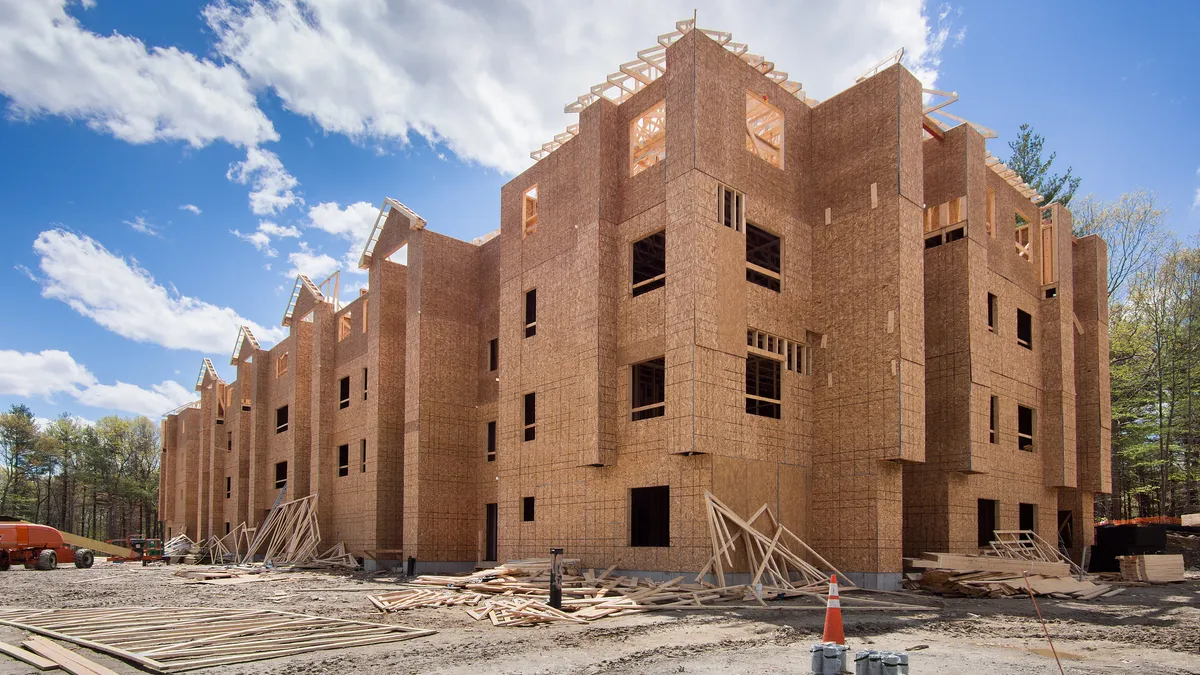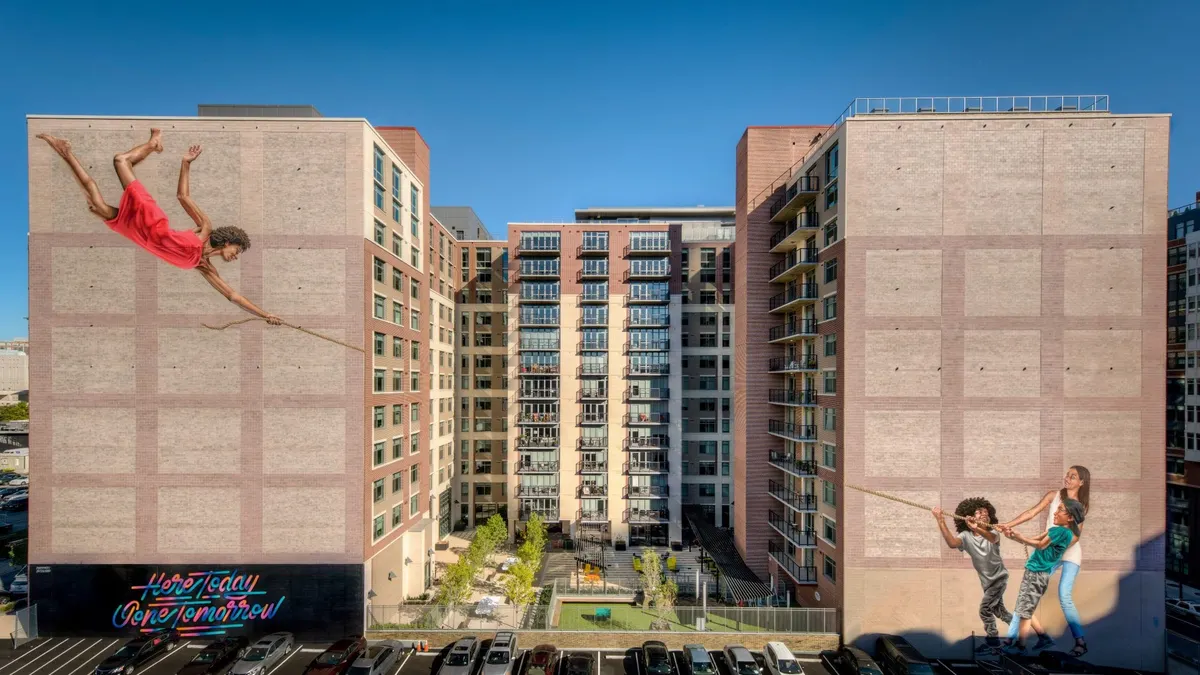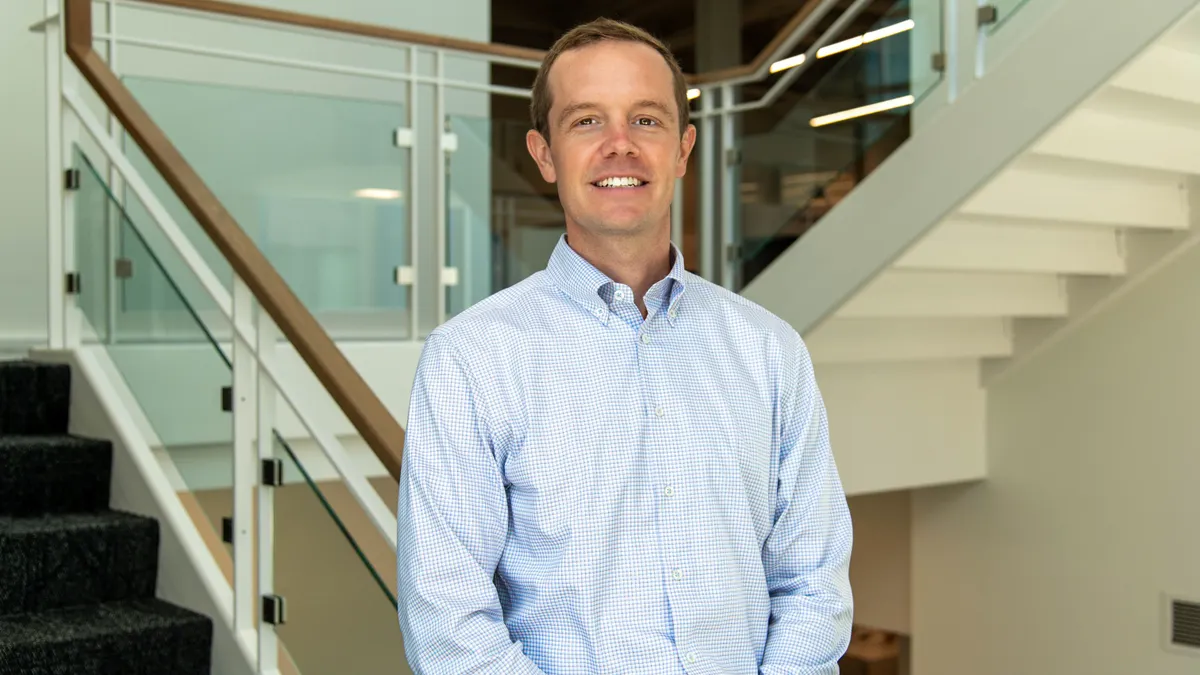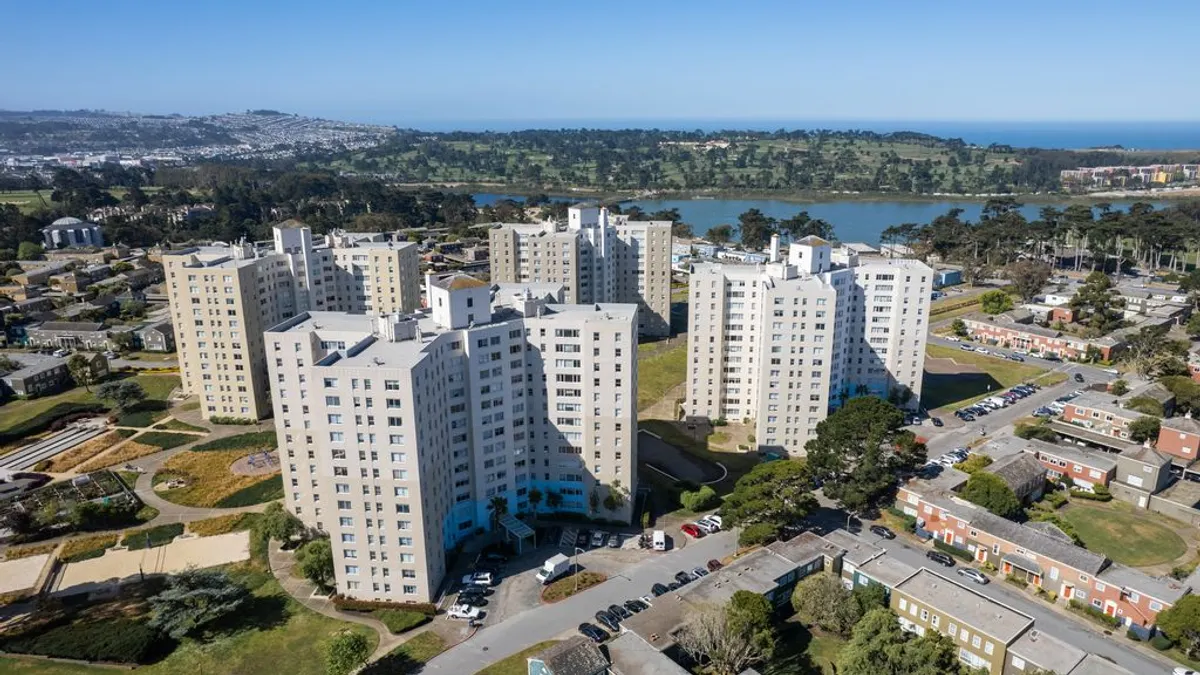This story is the first in a series looking at how pandemic-related employment trends are affecting the multifamily sector.
Nearly 57 million Americans walked away from their jobs between January 2021 and February 2022. As he watched this trend unfold, Levi Kelman often wondered when, not if, the Big Quit was coming for the multifamily industry.

“Multifamily tends to move a little bit slower than a lot of industries, and we didn’t really feel the impact of the Great Resignation at first,” said Kelman, the founder and CEO of Paterson, New Jersey-based property management and development firm Blue Onyx Cos. “But as it turns out, it’s here — a year or so later.”
Over the past few months, Kelman’s colleagues at larger development companies have started telling him that they’re losing people and that they’re concerned about losing more.
Stephanie Puryear Helling, a multifamily industry veteran who provides leadership and management consulting through her Austin, Texas-based company SPH Services, recently started seeing the shift, as well.
“There’s a lot of movement in upper management and executives switching from companies where they’ve been for a good amount of time,” she said. “Across the board, I’m seeing people make these huge career leaps and career shifts because they’re wanting something better, something different that fits their lifestyle.”
Some people are finding new jobs within the industry, Helling said, while others are moving into the broader real estate industry or single-family residential as the stress of managing and maintaining multifamily businesses through a pandemic while struggling with supply chain issues becomes too much.
“We were already a high-touch customer service industry, but it was high-touch customer service on steroids with customers being home 24/7,” she said. “That leads to additional burnout on top of the burnout that’s typical for the industry. … The challenges we’ve faced as an industry have been amplified.”
Middle managers have had it
Multifamily was already a high-churn profession: Annual employee turnover rates of 30% to 50% were normal, even before the coronavirus pandemic turned up the heat.
When the chaos of closures and remote work first hit, frontline workers and on-site crews, who suddenly had to deal with buildings full of remote or laid-off workers and new technologies like virtual tours and leasing, were the first to flee.
“Frontline workers were the first wave of people saying, ‘I’m out of here; this is awful,’” said Jen Piccotti, chief learning officer for Augusta, Georgia-based Swift Bunny, which provides employee engagement and retention consulting for the multifamily industry. Those early days were also rough for top-level executives charged with leading their teams through uncharted territory, Piccotti said.

By fall 2021, anecdotal evidence suggested some companies were losing nearly 70% of their workers — including many of their most experienced property managers and maintenance personnel, according to the National Apartment Association. Three-quarters of multifamily corporate teams told a Knock survey that they were concerned about the labor shortage’s impact on their ability to hire and retain leasing teams. They cited hiring, training and retaining staff as their top challenges.
But as eviction moratoriums expired and new policies and procedures started to feel more familiar, executive leaders grew more comfortable and—with record-high lease-ups and rent increases—even optimistic.
Now, the next wave of multifamily workers, regional leaders and corporate support teams is hitting the wall. They’re watching as on-site managers and workers get praise and recognition for sticking it out through the pandemic, Piccotti said, but they’re frustrated because “very little has been done for that mid-level.”
“They’re exhausted,” she said. “They’ve been working so hard to support the on-site teams and executive leadership in how they’re going to do this. They’re sandwiched in the middle of managing up, managing down and problem solving, and they’re at their wit’s end. My fear right now is that we’re going to see this next Great Resignation of mid-level management saying, ‘I think I’m done here.’”
Mid-level managers’ discontent is rumbling under the radar, Piccotti said, because with average tenures of six to eight years, they’re considered “old reliables.”
Their exodus is imminent, she said, “but I’m not going to say it’s inevitable because there are things leaders can be doing and thinking about to help reign some of that in and relieve some of the pressure and burnout these teams have been seeing.”
Click here to sign up to receive multifamily and apartment news like this article in your inbox every weekday.
















